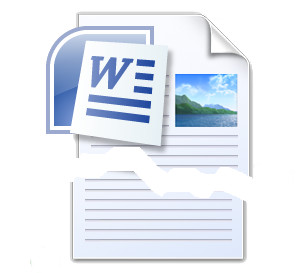

Use our online designer studio to create your own personalised flyers, business cards, greeting cards and more.
Order NowWhen it comes to professional printing and advice on your business marketing, we are the team to call! You can call us direct on 04 568 8773 or fill in our quote form.
Request a Quote
Microsoft Office is a good application suite, it can do many things and for most people, it’s all they will ever need to make their life work. It is not designed to be a replacement for desktop publishing applications that cost thousands of dollars. People can make postcards, reports, print signs for birthday parties and lots of other things at home and it works fine. They bring that same file into a printing centre like mine and are puzzled by the fact that everything is different, their text is different or has strange characters in it; images go missing or print out strongly coloured. ‘How can this be? It worked fine at home’ they say to me, ‘Why did it go wrong?’ My answer is ‘It failed because they are no longer home, so Word doesn’t know where to find things’
When an office application creates a document, it doesn’t store everything that you see on the screen because it would make the file too large. Instead, it stores links to the typefaces and images and only creates it on the screen or the printed page when it needs them. These links are tied to the machine that the document was created on. Once the document leaves that machine it cannot always find those links to recreate what you see on the screen.
Fonts are the biggest problem, once you go beyond what is known as the standard Windows or Mac font library the chances of finding it on a new machine gets worse the stranger the design. Case in point, our production computers have over 1600 different fonts, and I still end up adding new ones on a regular basis to print someone’s job.
Graphics are not quite so bad; most programs will store a version of the images in the document. What we can’t always control is the type of version that is stored. Sometimes it’s a lower quality version that is fine to look at on a screen but will be too grainy for print. Other times it is a link to another location, maybe on a company network or somewhere on the internet, and another computer may not be able to access that file for various reasons.
Then there are the times where a client has added some extras to the program that gives them a nifty feature they used to make their document better. The chances of another copy of that application suite having the same add-on are not good.
Now while I listed Microsoft Office at the start of this article, it’s not alone in this problem. I’ve seen the same issues occur with most applications in all operating systems.
So how do you avoid it? The simple answer is PDFs.
Adobe Portable Document Format is the universal document format that everyone can access. It’s the file format that commercial printer’s work with and their printer systems speak. Why is it important? A pdf contains everything need to display an exact copy of the document on any machine without it needing any of the source fonts, images, and effects that were used to create it. This means that what you see on your computer is the same when displayed on the printer’s computer and then on the physical page.
How do you make PDFs. Office suites have a ‘save to pdf’ or ‘export to pdf’ option in their menu system. Just follow the defaults and you have the file that will viewable and printable anywhere.
If you can’t find PDF option in the application you are using or you are not happy with the file it makes, you can use a pdf print driver. We’ve written a short article on this on our blog here that goes into more detail.
If you are still stuck, then give us at Copy Express call and have a chat with us. I take calls like that every week and I don’t mind spending a few minutes helping a customer out. This will ensure that the design you have created will print out exactly as you had envisioned, not the best guess our printer can make.